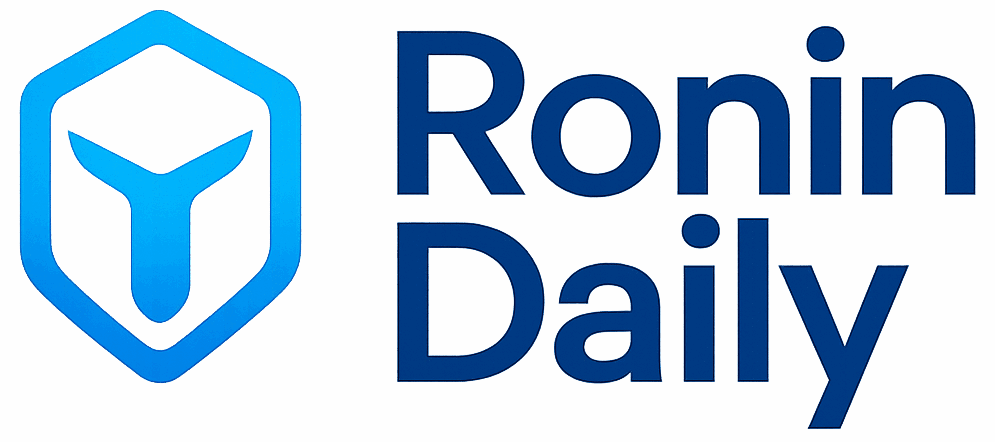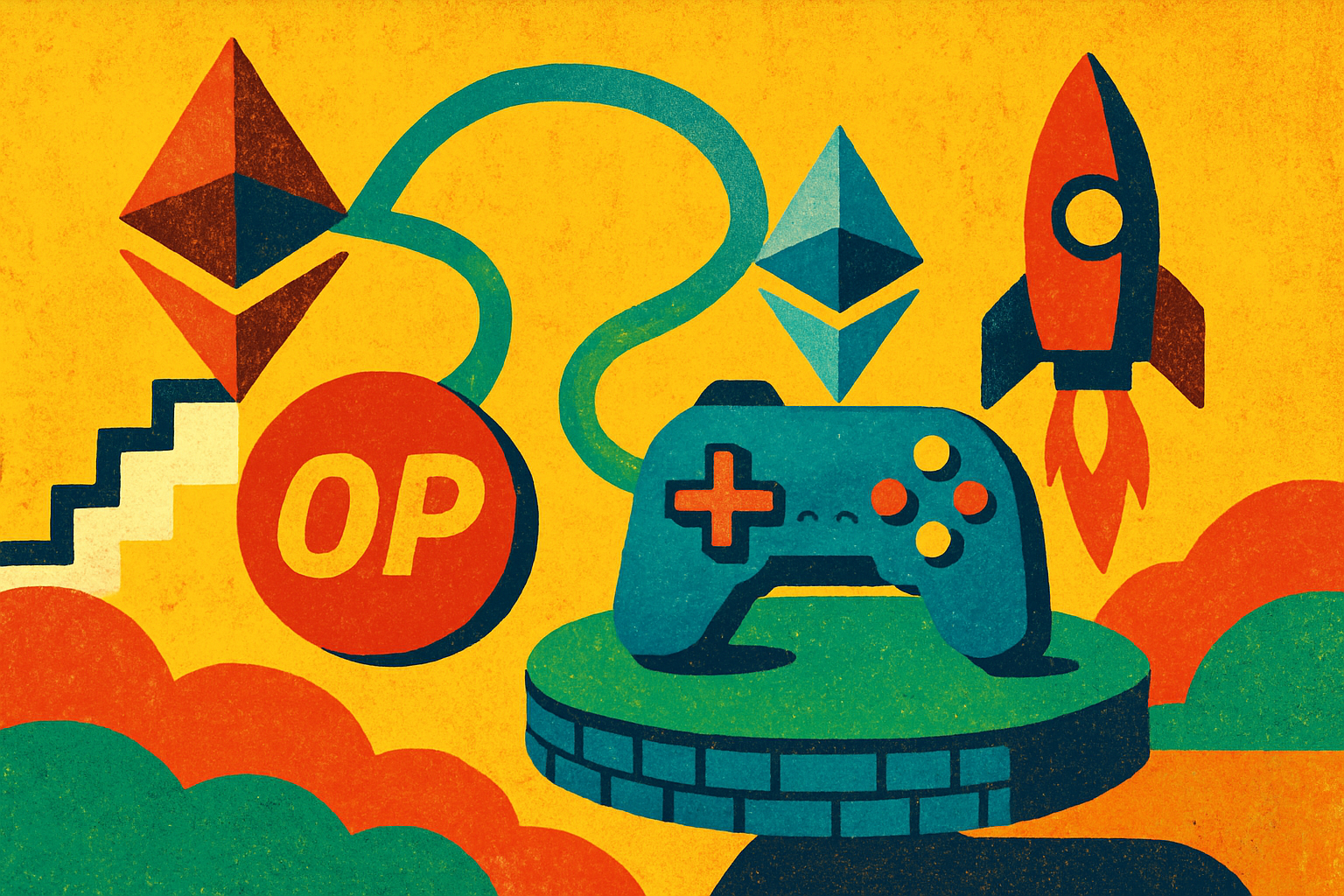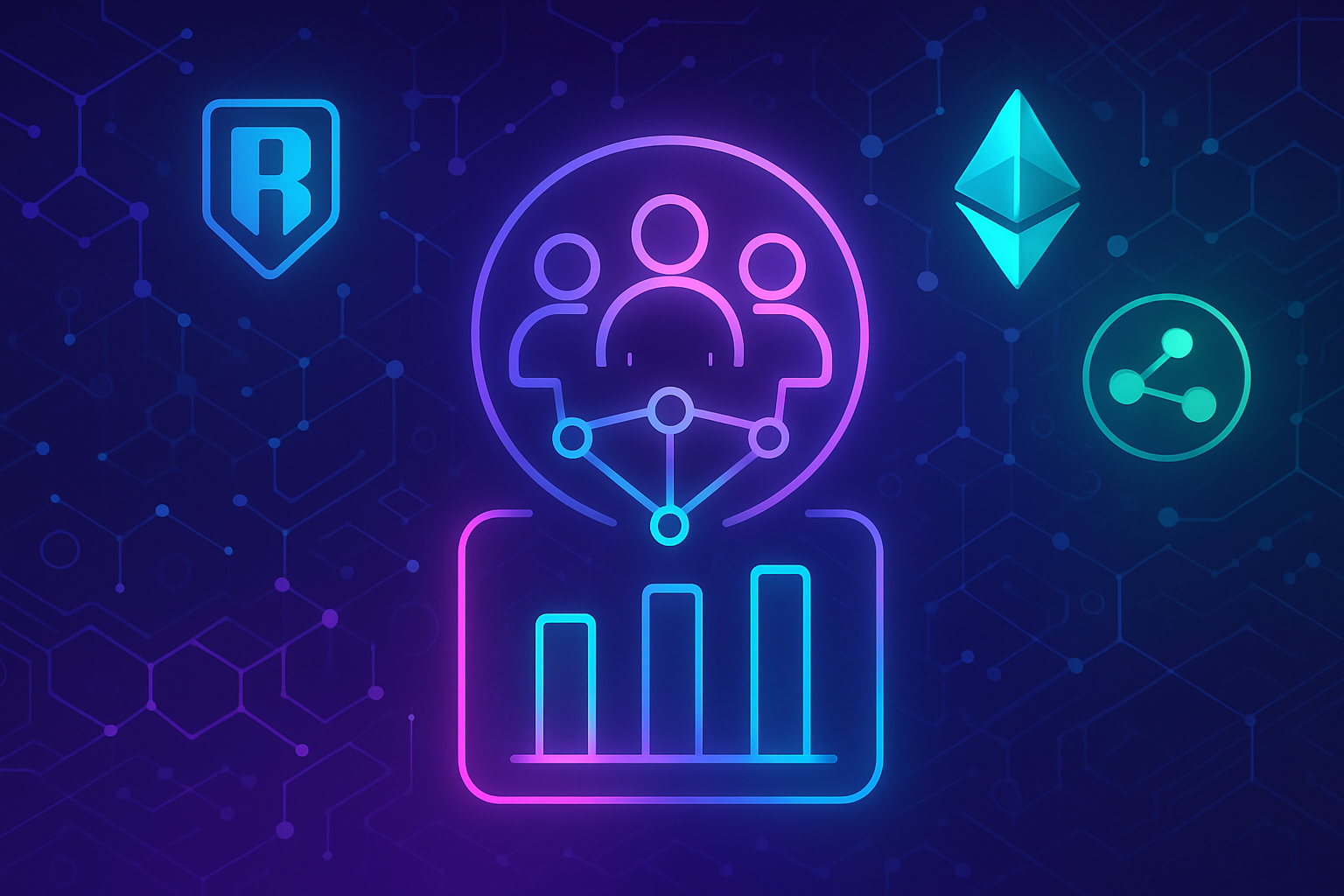
Ronin’s migration from a bespoke gaming sidechain to an Ethereum Layer 2 (L2) powered by Optimism’s OP Stack marks a seismic shift in the landscape of Web3 gaming. This transition is not just a technical upgrade – it’s a strategic realignment that could redefine how blockchain games scale, interoperate, and attract both developers and mainstream users. With the OP Stack at its core, Ronin aims to unlock near-instant transaction speeds, robust security, and a new era of developer incentives that could propel Web3 gaming into the global mainstream.
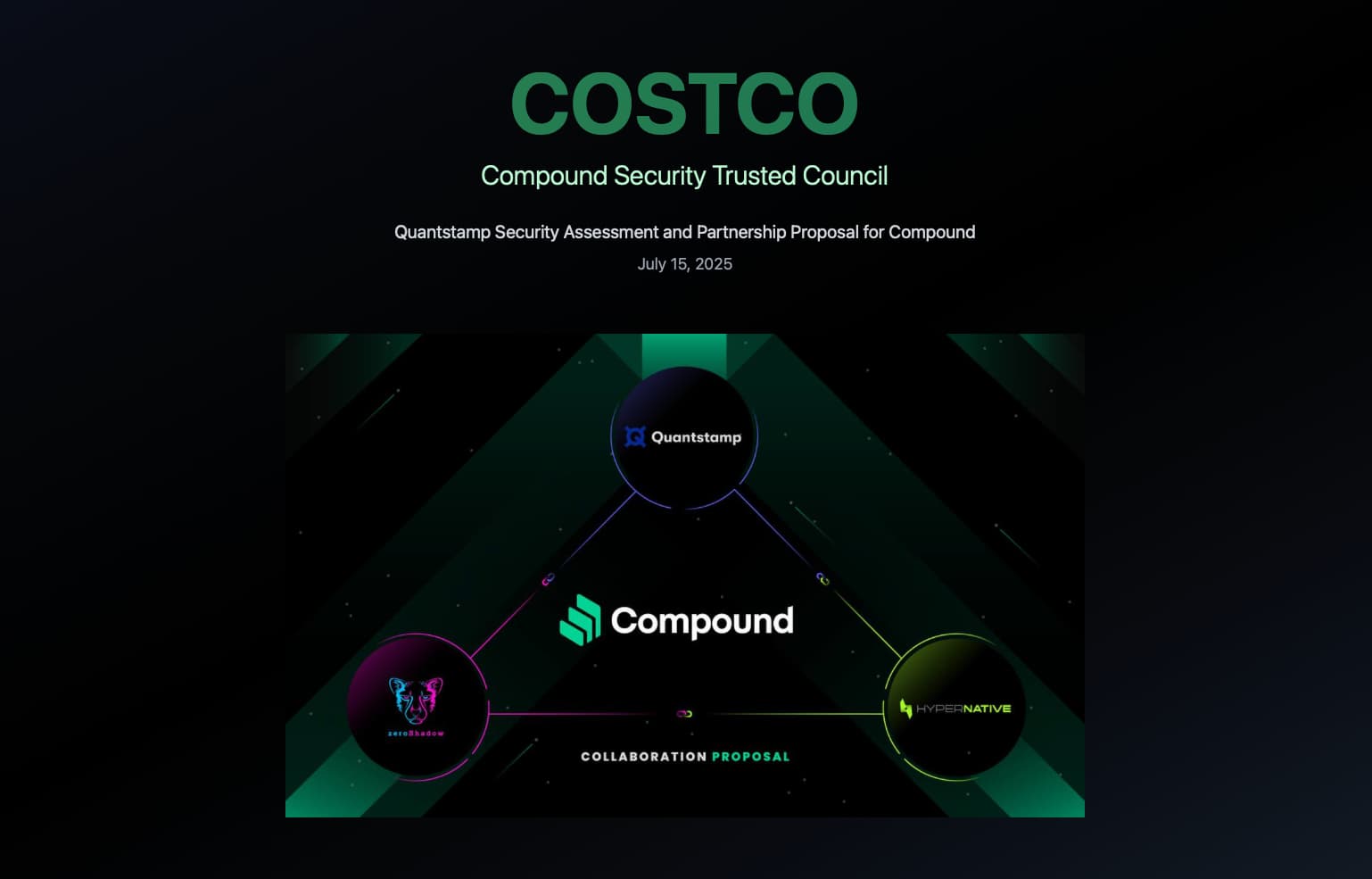
Why Ronin’s OP Stack Migration Matters for Web3 Gaming
The Ronin OP Stack migration is more than an infrastructure tweak – it’s a bet on Ethereum as the settlement layer for all things gaming. By leveraging Optimism’s modular, open-source stack, Ronin can now process transactions with block times as low as 100-200 milliseconds. That’s up to 15x faster than its previous architecture, enabling nearly one million transactions per second in theory. For gamers, this means seamless NFT minting, instant in-game actions, and DeFi integrations that don’t disrupt gameplay flow.
This technical leap is critical as blockchain games evolve from simple collectibles to complex virtual economies with millions of daily active users. The days when network congestion or high gas fees could kill user experience are numbered – and Ronin is positioning itself at the vanguard of this new paradigm.
Security by Design: Inheriting Ethereum Mainnet Strength
Security remains paramount for any chain hosting valuable digital assets and high-volume games. By becoming an Ethereum L2 through Optimism’s stack, Ronin now inherits much of Ethereum’s battle-tested security model. This dramatically reduces attack surfaces compared to standalone sidechains and addresses past vulnerabilities that have plagued game-specific blockchains.
The two-phase migration strategy reconnects Ronin directly with Ethereum mainnet security guarantees while maintaining sovereignty over its gaming-centric features. This hybrid approach reassures institutional partners and players alike that their assets are protected by one of the most secure networks in crypto.
Key Benefits for Developers Migrating to Ronin L2 with OP Stack
-
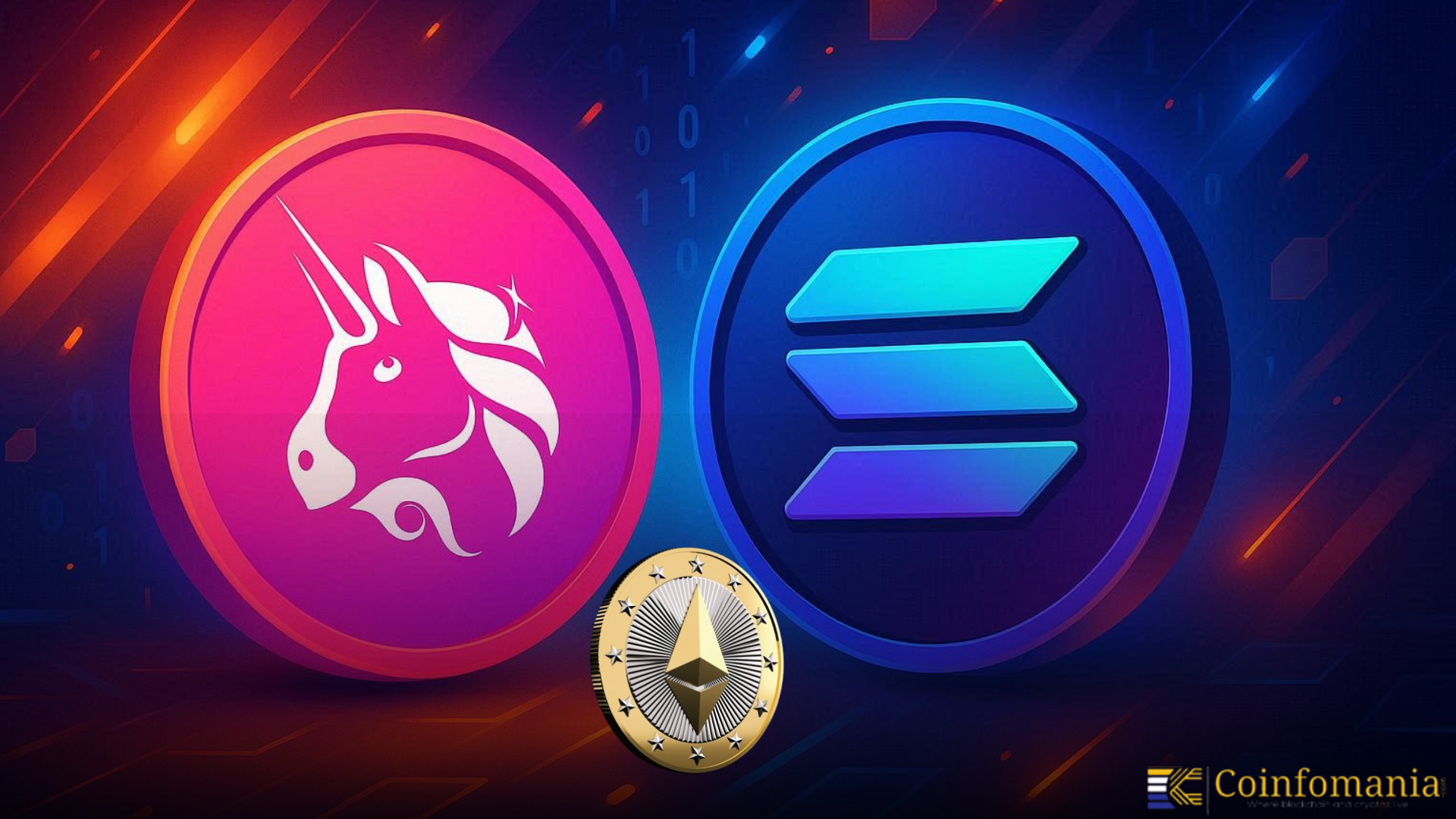
Lightning-Fast Transaction Speeds: Ronin L2 powered by the OP Stack delivers block times as low as 100–200 milliseconds, enabling near-instant gameplay, NFT minting, and DeFi actions for seamless Web3 gaming experiences.
-
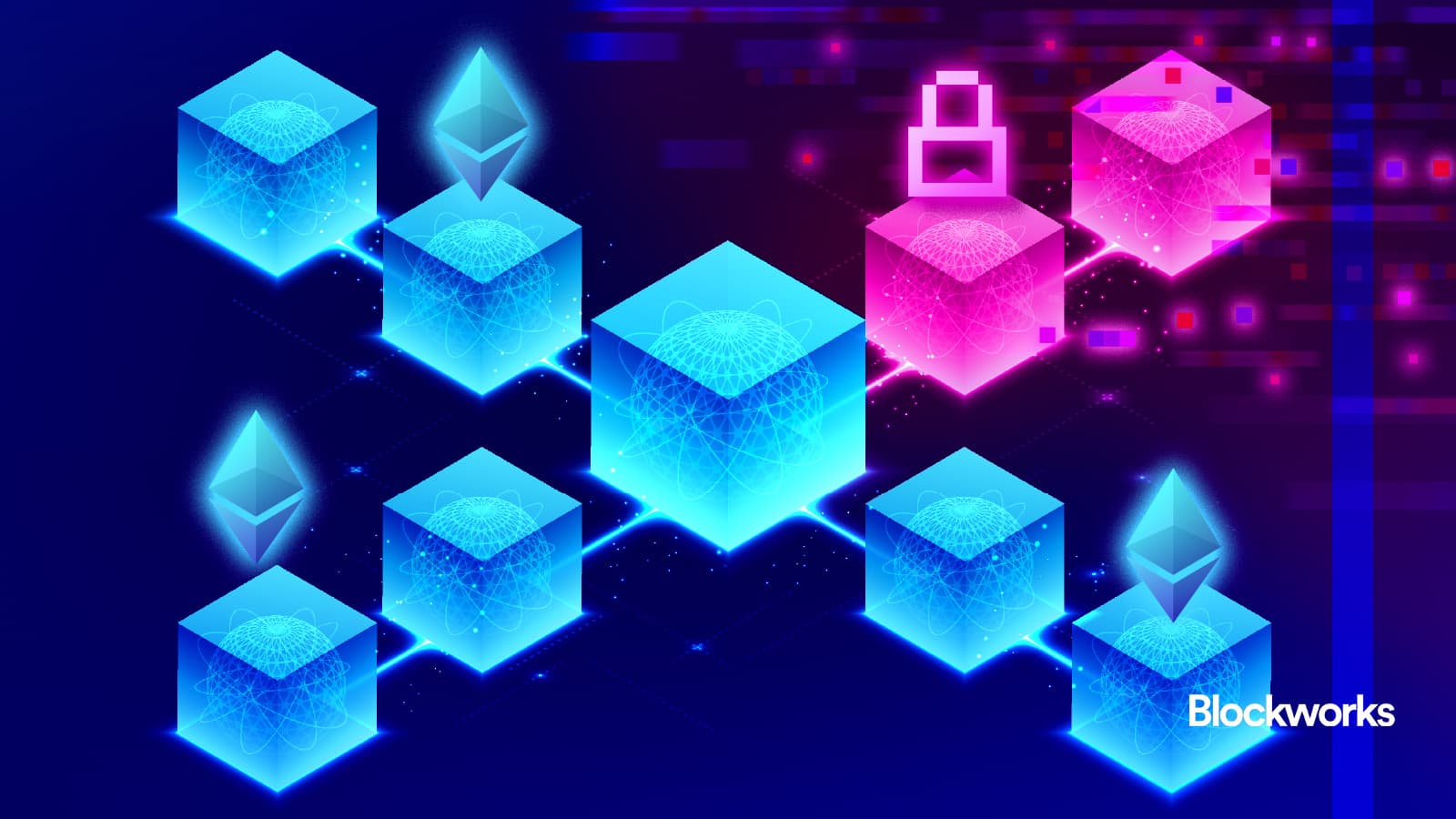
Enhanced Security via Ethereum: Migrating to an Ethereum Layer 2 allows Ronin to inherit Ethereum’s robust security model, significantly reducing risks associated with sidechains and increasing developer confidence.
-
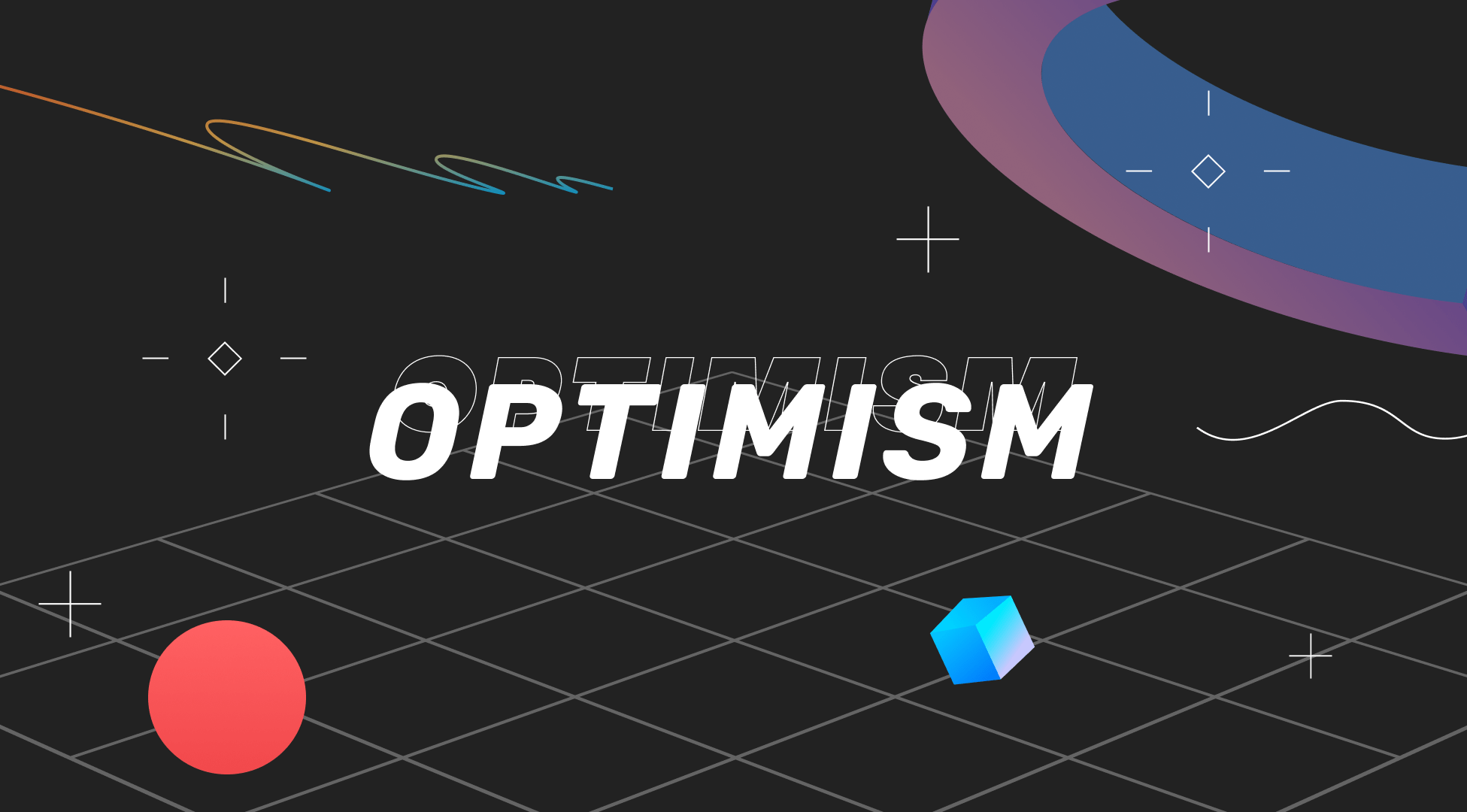
Access to Major Developer Incentives: Builders on Ronin L2 gain eligibility for Optimism’s 850 million $OP Retro Fund and milestone-based grants estimated at $5–7 million, fueling innovation and project growth.
-
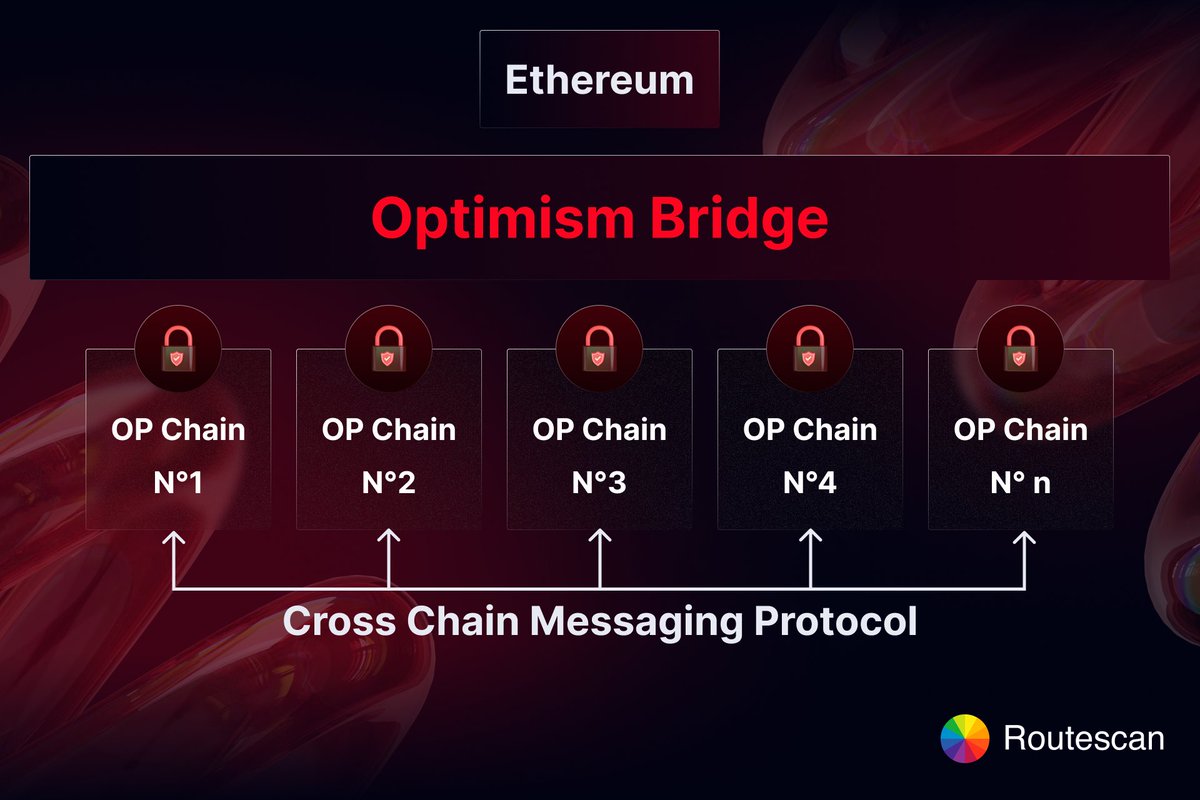
Interoperability with the Superchain Ecosystem: Joining the Optimism Superchain network connects Ronin with platforms like Coinbase’s Base and Uniswap’s Unichain, expanding developer reach and liquidity options.
-
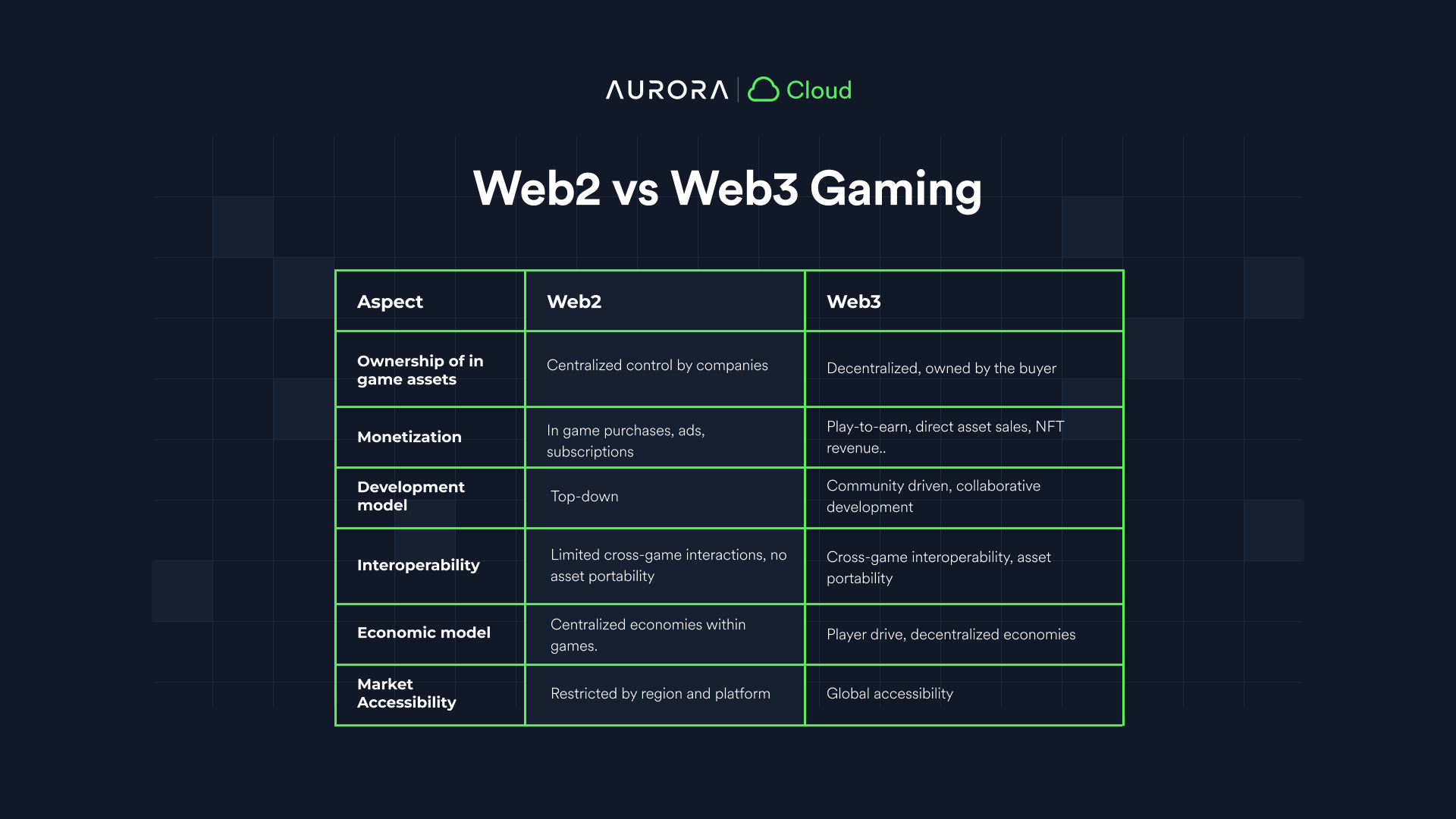
Scalable Infrastructure for Complex Games: The OP Stack empowers Ronin to support high-volume, complex Web3 games with nearly 1 million transactions per second, making it ideal for next-generation gaming applications.
Developer Incentives and Ecosystem Expansion
The technical foundation is only half the story. What truly sets this migration apart is the unlocking of massive developer incentives. Builders on Ronin are now eligible for allocations from Optimism’s $850 million Retro Fund as well as $5-7 million in milestone-based grants specifically earmarked for innovative dApps and games. These resources lower barriers for new entrants while rewarding established studios willing to push the boundaries of what Web3 gaming can be.
This influx of capital and developer attention positions Ronin not just as a home for Axie Infinity but as a broader “gamification engine” within Ethereum’s rapidly expanding Superchain ecosystem. The alignment also enables seamless interoperability with platforms like Coinbase’s Base or Uniswap’s Unichain – further deepening liquidity pools and user engagement across chains.
Read more about how these incentives will transform developer strategies on Ronin L2
The Big Picture: Superchain Integration and Network Effects
By joining Optimism’s Superchain network via the OP Stack, Ronin taps into far more than just technical upgrades. It gains access to shared liquidity, cross-chain composability, and a unified developer community building toward Ethereum-scale adoption. As major scaling solutions like Arbitrum, Polygon, and ZKsync propose support for this transition, we’re witnessing early signs of an interconnected L2 future where games can reach global audiences without friction or fragmentation.
This Superchain integration is not just a technical alignment, but a catalyst for network effects that could define the next decade of Web3 gaming. As Ronin synchronizes with other OP Stack-powered L2s, developers gain plug-and-play access to liquidity and user bases far beyond their original silos. Imagine NFT assets, in-game currencies, and even player reputations moving seamlessly across games and chains, this is the composability Ronin’s migration unlocks.
Real-World Impact: What Gamers and Studios Can Expect
For studios, the implications are immediate. Lower transaction costs and nearly instant confirmation times mean they can design richer, more interactive economies without worrying about bottlenecks or gas spikes. Players will notice the difference too: seamless onboarding, fast gameplay loops, and frictionless NFT trading become table stakes rather than aspirational goals.
And it’s not just about speed or cost. With Ethereum mainnet security as a backstop, studios can launch higher-value assets, think rare NFTs or complex DeFi integrations, without fear of catastrophic exploits that have haunted less secure sidechains in the past.
Looking Ahead: The Road to 2030 and Beyond
Industry analysts are already forecasting that by 2030, Ronin could capture up to 20% of the projected $50 billion blockchain gaming market. This isn’t wild speculation, it’s a logical outcome if Ronin’s Superchain integration delivers on its promise of scale, security, and developer incentives. The migration also sets a precedent for other gaming-focused chains considering whether to build proprietary solutions or embrace Ethereum’s collaborative L2 vision.
How Ronin’s OP Stack Migration Supercharges Web3 Gaming
-
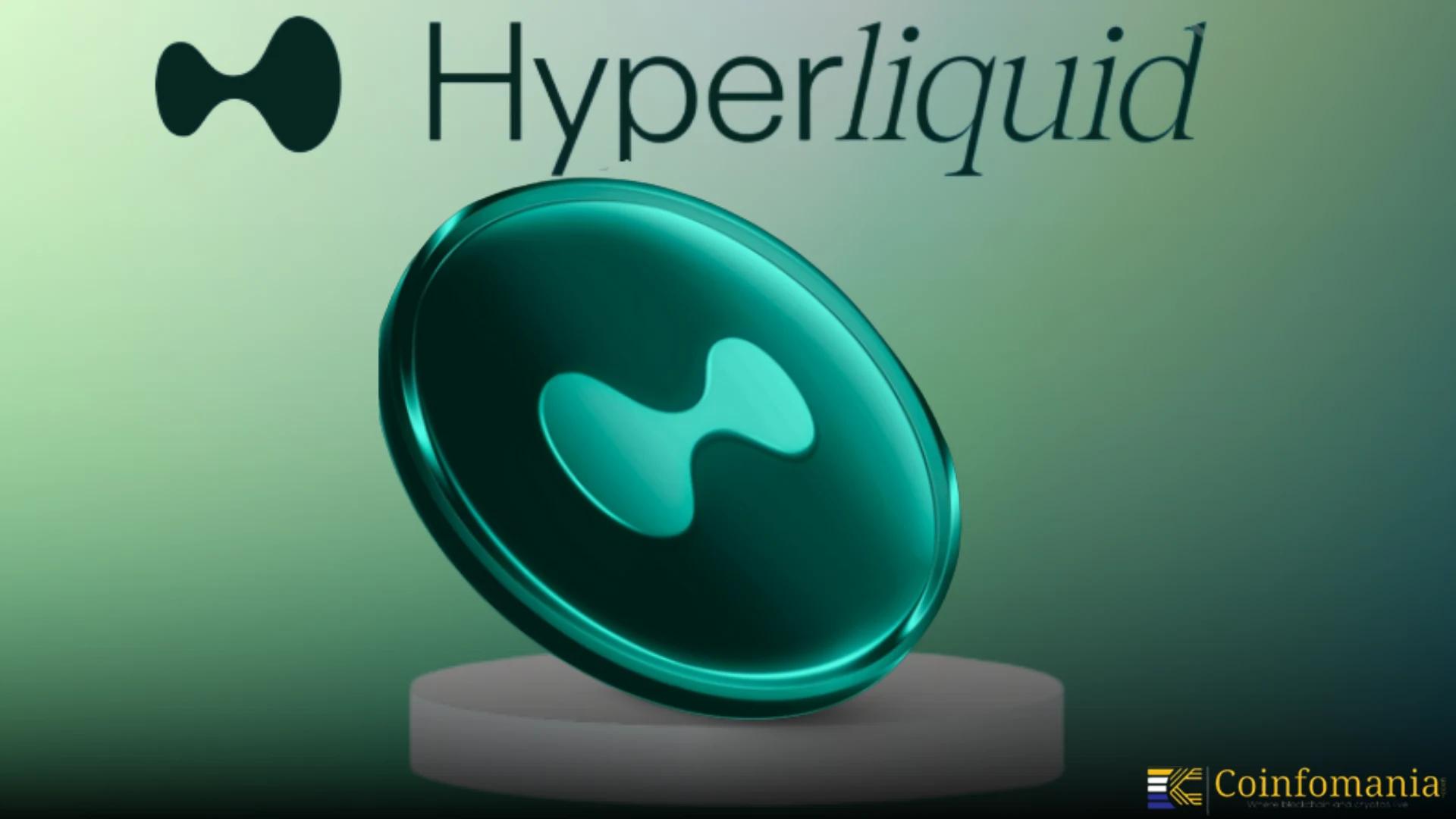
Lightning-Fast Transactions: Ronin’s integration of Optimism’s OP Stack delivers block times of just 100–200 milliseconds, making gameplay, NFT minting, and DeFi actions nearly instant for users.
-
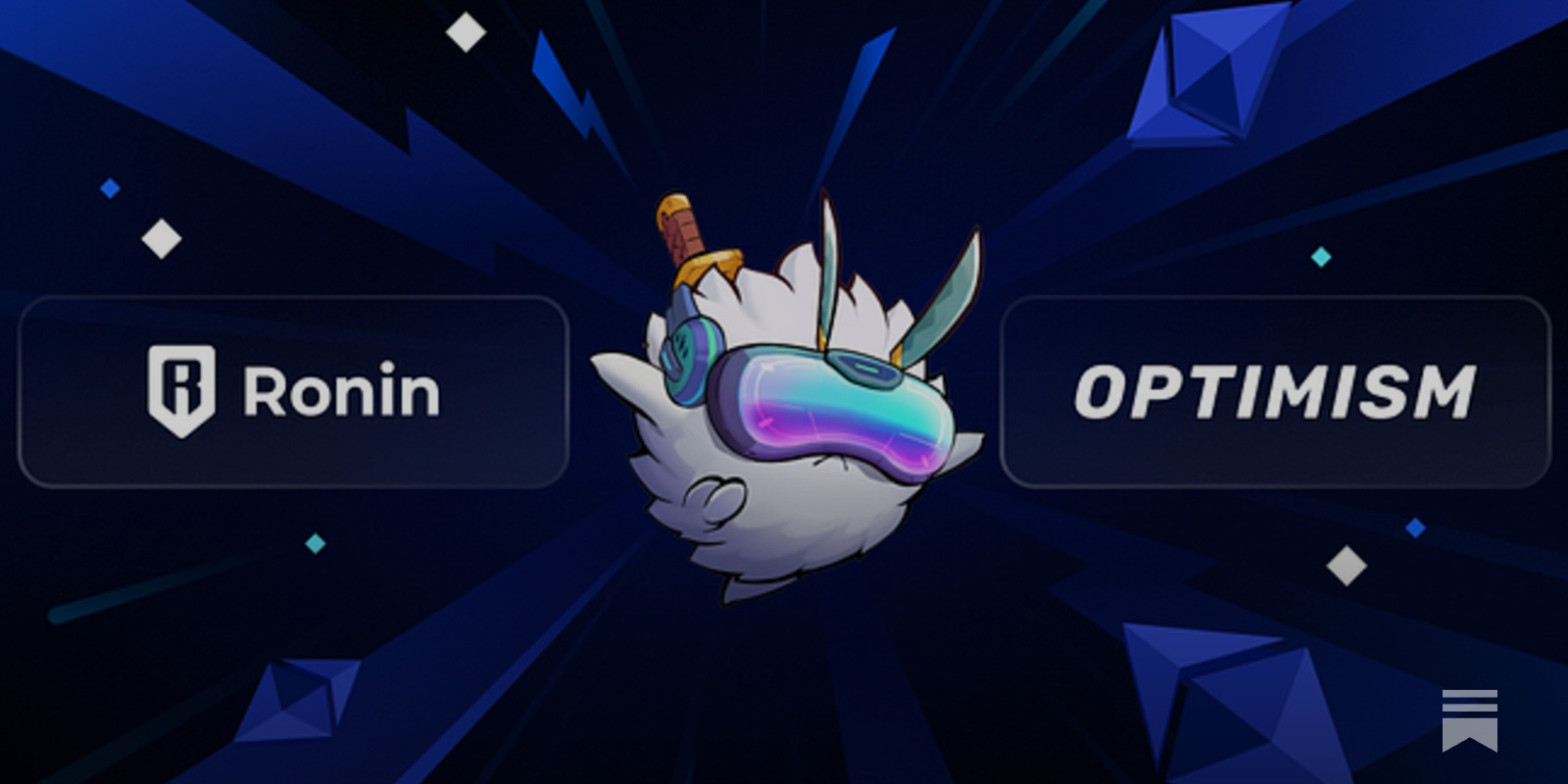
Enhanced Security via Ethereum: As an Ethereum Layer 2, Ronin now inherits Ethereum’s robust security model, significantly reducing vulnerabilities previously seen in sidechains and strengthening user trust.
-
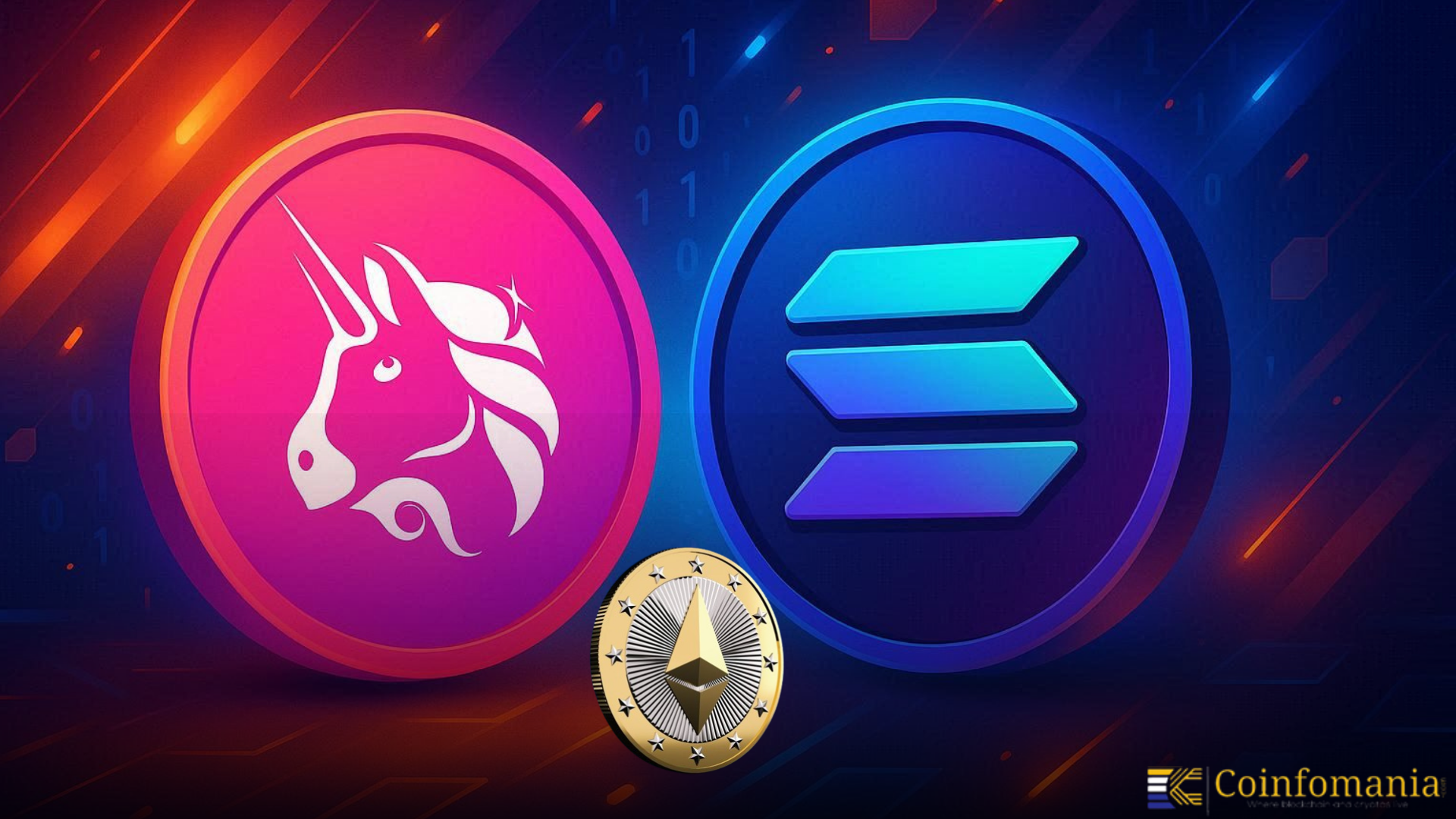
Major Developer Incentives: Builders on Ronin gain access to Optimism’s 850 million $OP Retro Fund and $5–7 million in milestone-based grants, fueling innovation and attracting top Web3 talent.
-
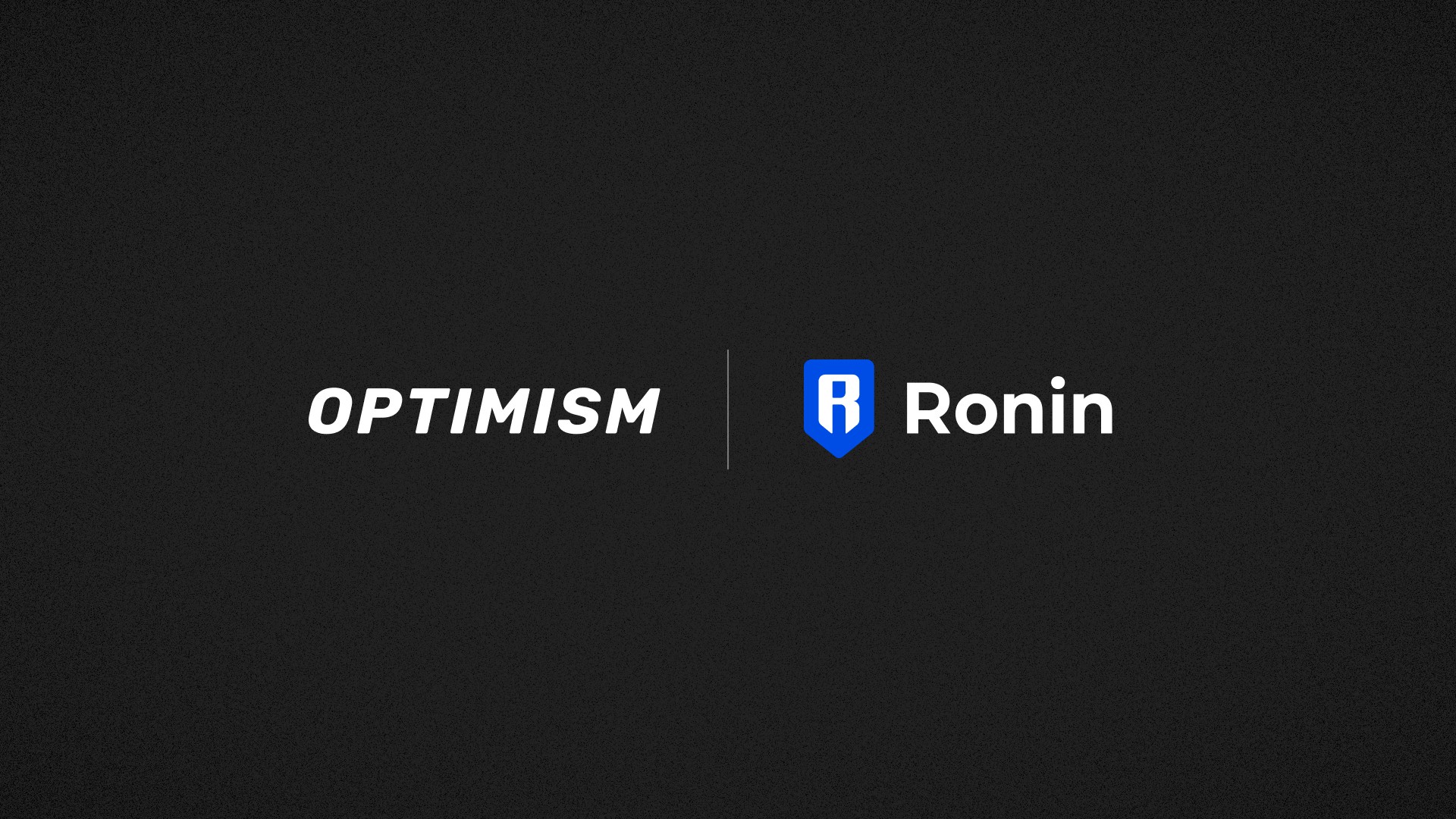
Seamless Interoperability: Ronin’s adoption of the OP Stack aligns it with Optimism’s Superchain network, enabling smooth connectivity with platforms like Coinbase’s Base and Uniswap’s Unichain.
-
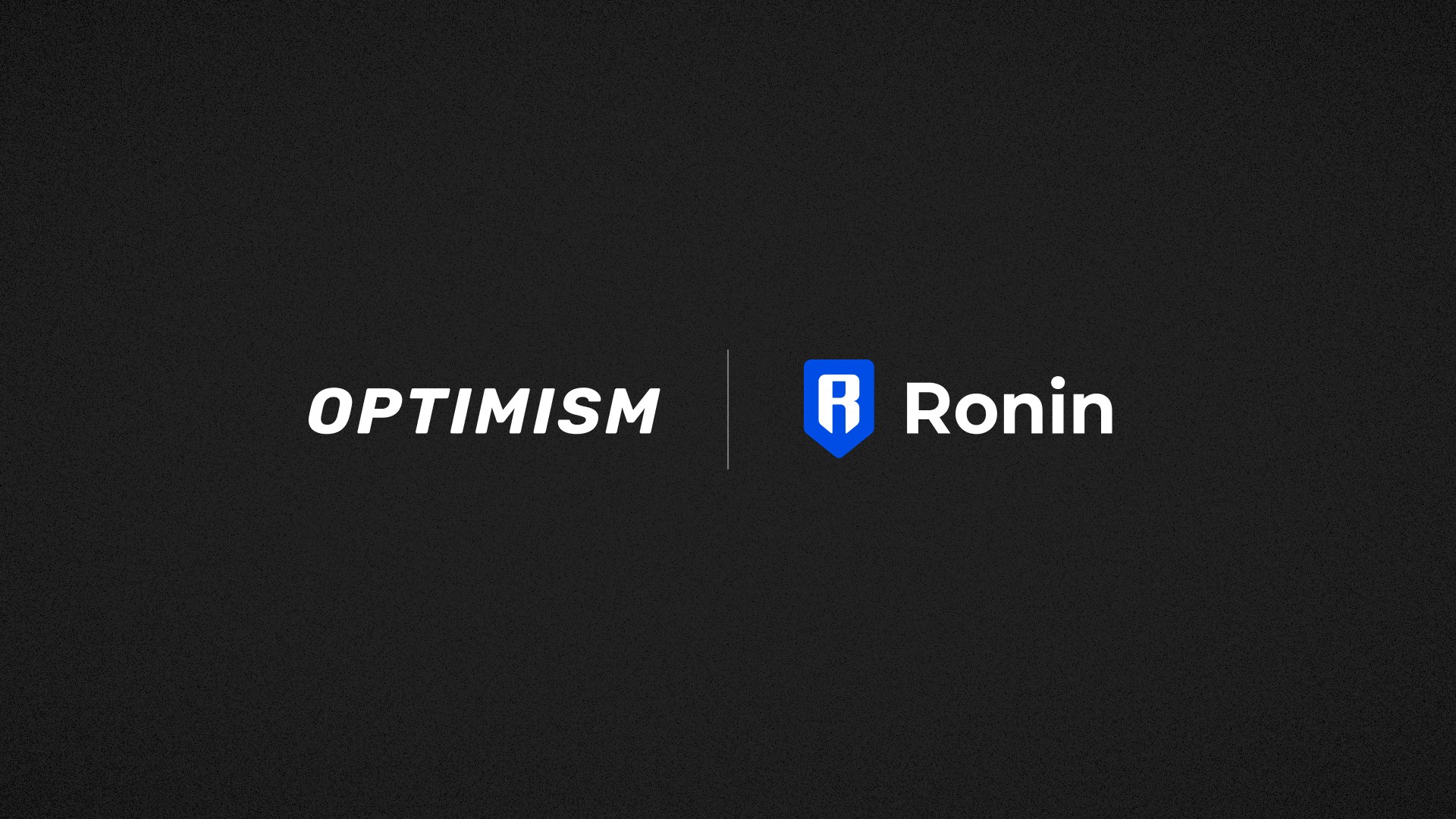
Accelerated Ecosystem Growth: The migration positions Ronin to support complex, high-transaction Web3 games and expand beyond its Axie Infinity roots, driving broader adoption and a richer gaming ecosystem.
As we watch this transition unfold in real time, one thing is clear: Ronin’s OP Stack migration is not just a technical upgrade, it’s a strategic leap toward mainstream adoption for Web3 gaming. The combination of near-instant transactions, institutional-grade security, and robust developer support positions Ronin as a foundational pillar in Ethereum’s next wave of growth.
For those tracking the evolution of blockchain scalability, and especially those building or investing in Web3 games, the lessons from this migration are clear. Embracing open standards and modular infrastructure isn’t just smart; it may be essential for survival as competition heats up across the L2 landscape.
Explore more insights on how Ronin’s L2 shift is changing user experience and dApp development
